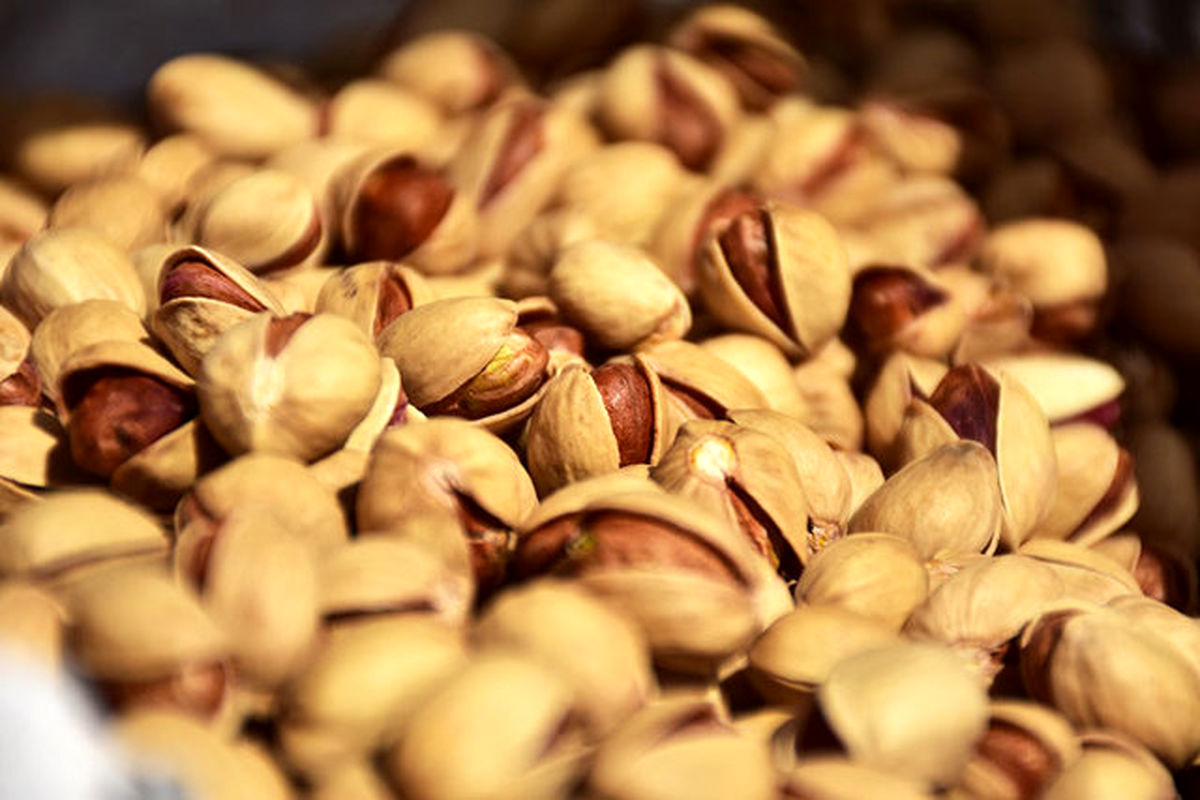Export of agricultural and food products accounted for 14% of the overall non-petroleum export in the last fiscal year that ended in March.
Seven million tons of agrifood worth over $5.82 billion was exported to register 2.34% growth in tonnage and 8.93% decline in value compared to the year before, according to the Ministry of Agriculture.
In-shell pistachio (fresh and dried) topped the list of exports in terms of value as companies exported $724.2 million worth of the crop in the period.
Apple was the second major export in terms of value with $362.27 million followed by tomatoes $259.21 million, unshelled pistachios $240.58 million and watermelon $175.97 million.
In terms of tonnage, watermelons topped the list with 748,090 tons, followed by apples 740,220 tons, tomatoes 572,940 tons, potatoes 480,440 tons, and onions and Persian shallot 394,990 tons.
Horticultural products accounted for 1.95 million tons worth $2.72 billion of the total exports, up 30.03% and 19.72% in volume and value respectively. Exports of agronomical products reached .41 million tons worth $2.09 billion, down 5.2% and 20.42% in volume and value, respectively.
Exports of livestock and poultry products stood at 586,400 tons worth $718.87 million, down 7.01% and 34.05% in tonnage and value respectively.
The fishery sector exported 126,590 tons worth $249.3 million, up 4.58% in tonnage and down 25.21% in value YOY.
Exports from forest and rangeland sector hit 19,080 tons worth $31.2 million, down 29.45% and 46.19% in tonnage and value, respectively.
Exports from the veterinary sector amounted to 350 tons worth $2.31 million, up 16.23% in tonnage and down 27.68% in value.
Iran’s total non-oil exports during the period earned $41.3 billion, according to Mehdi Mirashrafi, head of Islamic Republic of Iran Customs Administration.
Oil-driven products and by-products as well as petrochemicals are included in IRICA's ‘non-oil’ export data. As such, petrochemicals and gas condensates constitute the biggest share of total non-oil exports.
Noting that Iran traded over 169 million tons of goods last year, the official said exports weighed 133.9 million tons – three times as much as imports in weight and about 13.5% more than the previous year. In terms of value however, exports show a 7% decline year-on-year.
Petrochemicals made up the lion’s share of exports which indicates that the country is moving away from depending on selling unprocessed goods toward exporting petroleum products.
“However, the fact that each ton of Iran’s imports was worth $1,220 while each ton of export was worth only $309 indicates that export of unprocessed goods is a big challenge for our economy," the IRICA chief noted.
“China was Iran’s main export destination purchasing $9.5 billion worth of non-oil goods last year, followed by Iraq with $8.9 billion, Turkey $5.4 billion, the UAE $4.5 billion and Afghanistan $2.3 billion.
The top five partners in exports were Asian countries and mostly neighbors. Other countries imported $10.9 billion worth of our non-oil goods last year,” he was quoted as saying by ILNA.
Agro Share in GDP 8%
The agriculture sector currently accounts for $40 billion or 8% of Iran's annual gross domestic product.
According to Agriculture Minister Kazem Khavazi there are 4.3 million farmers who produce 124 million tons of products per year on 18.5 million hectares of land.
Agronomic products, the minister says, account for over 83.5 million tons of the output.
According to the senior official, there are 14.3 million hectares of forests, 84 million hectares of pastures, 2.7 million hectares of woodland, and 32.6 million hectares of deserts in Iran.
1 Expanding Sector
Agriculture was the only sector showing growth in the last Iranian year (March 2019-20). According to the Statistical Center of Iran, the sector expanded by 3% during the period.
The economy, however, contracted by a solid -7% in the year ago.
According to the center, the GDP shrank by -0.6% without oil. The industries and mines, and services sectors also fell by 14.7% and 0.3%, respectively.
The significant progress in agro production owes largely to abundant rainfall at the beginning of the year.


